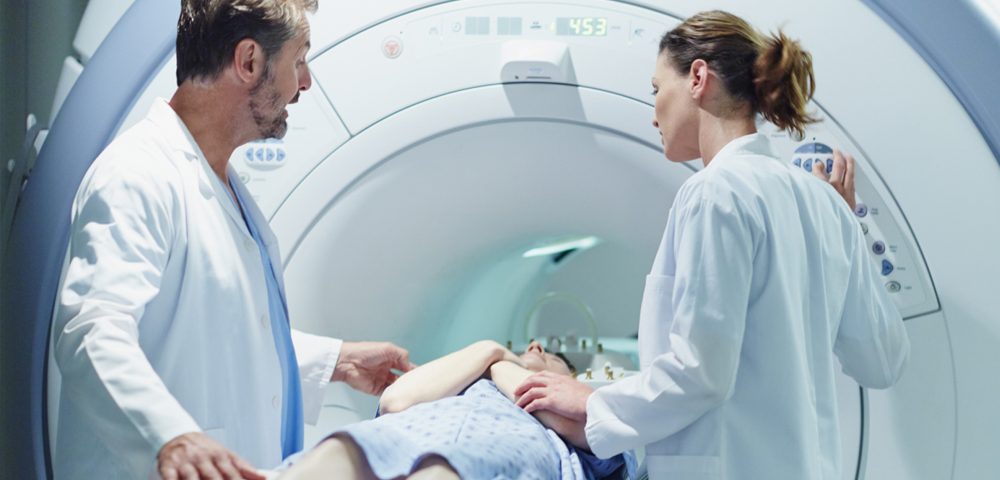MAGNETIC RESONANCE CHOLANGIOPANCREATOGRAPHY (MRCP)
Magnetic resonance cholangiopancreatography (MRCP) was introduced as a clinical imaging method more than 20 years ago. Resolution of baseline MRCP is poor for pancreatic ducts because of their small diameter; visualization can be improved substantially by intravenous administration of secretin, which stimulates the release of pancreatic juice from acinar cells in the exocrine pancreas into the pancreatic ducts.
SECRETIN-MRCP
Secretin stimulated MRCP (S-MRCP) is a non-invasive, ionizing, radiation-free assessment of the pancreaticobiliary system.The current secretin formulation is not labeled for MRCP. 
The current secretin formulation is not labeled for MRCP. Historically, a primary modality for diagnosing and treating many pancreatic and biliary diseases was endoscopic retrograde cholangiopancreatography (ERCP), however, even among experienced clinicians, ERCP is associated with a substantial incidence of complications such as procedure-related pancreatitis and, less commonly, cholangitis, hemorrhage, and perforation. The use of ERCP as a purely diagnostic tool declined as less invasive procedures became available.
Visualization of the pancreatic duct is important to establish etiology, to correctly identify which patients require ERCP, and to plan the ERCP therapeutic strategy. Technical enhancements that improve MRCP image quality, such as secretin, can further reduce the need for diagnostic ERCP, with its attendant risks.
MARKET OPPORTUNITY
The approximately 100,000 diagnostic ERCPs and 400,000 abdominal MRIs performed annually in the United States are a large addressable market for INN-329 as an add-on for image enhancement and cost savings.
REGULATORY STATUS
The recently published phase III study of S-MRCP vs. MRCP alone vs. Endoscopic Retrograde Cholangiopancreatography (ERCP) elucidates the clinical advantages of using secretin in combination with MRCP.

